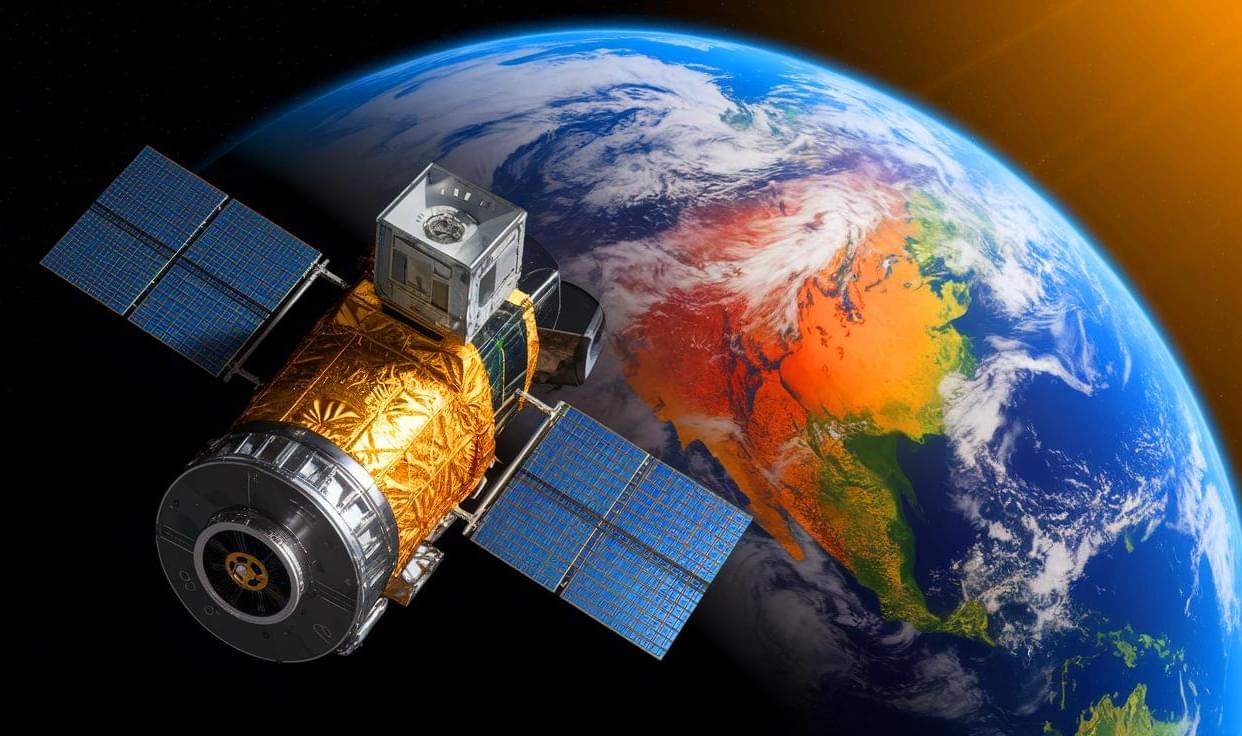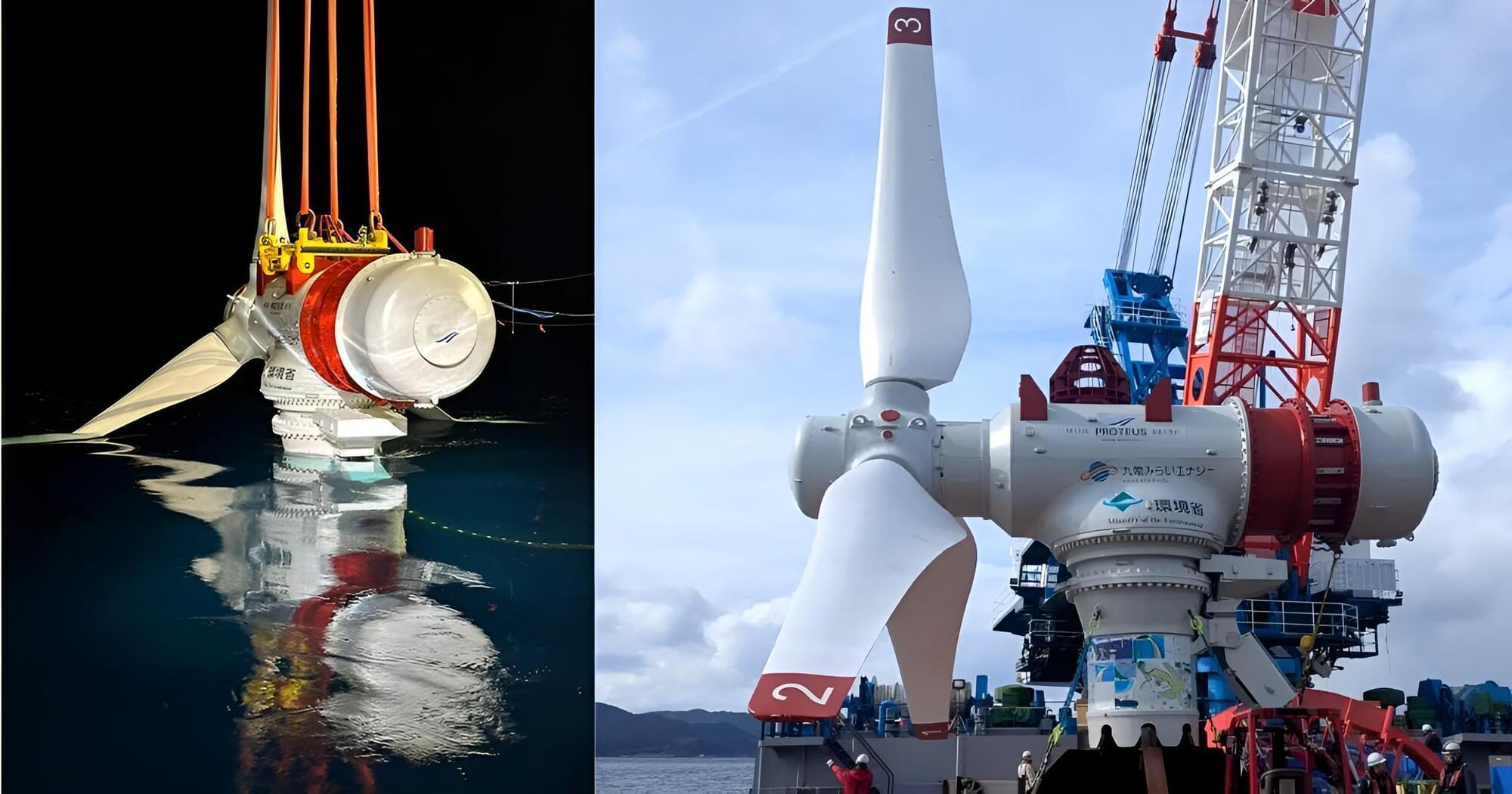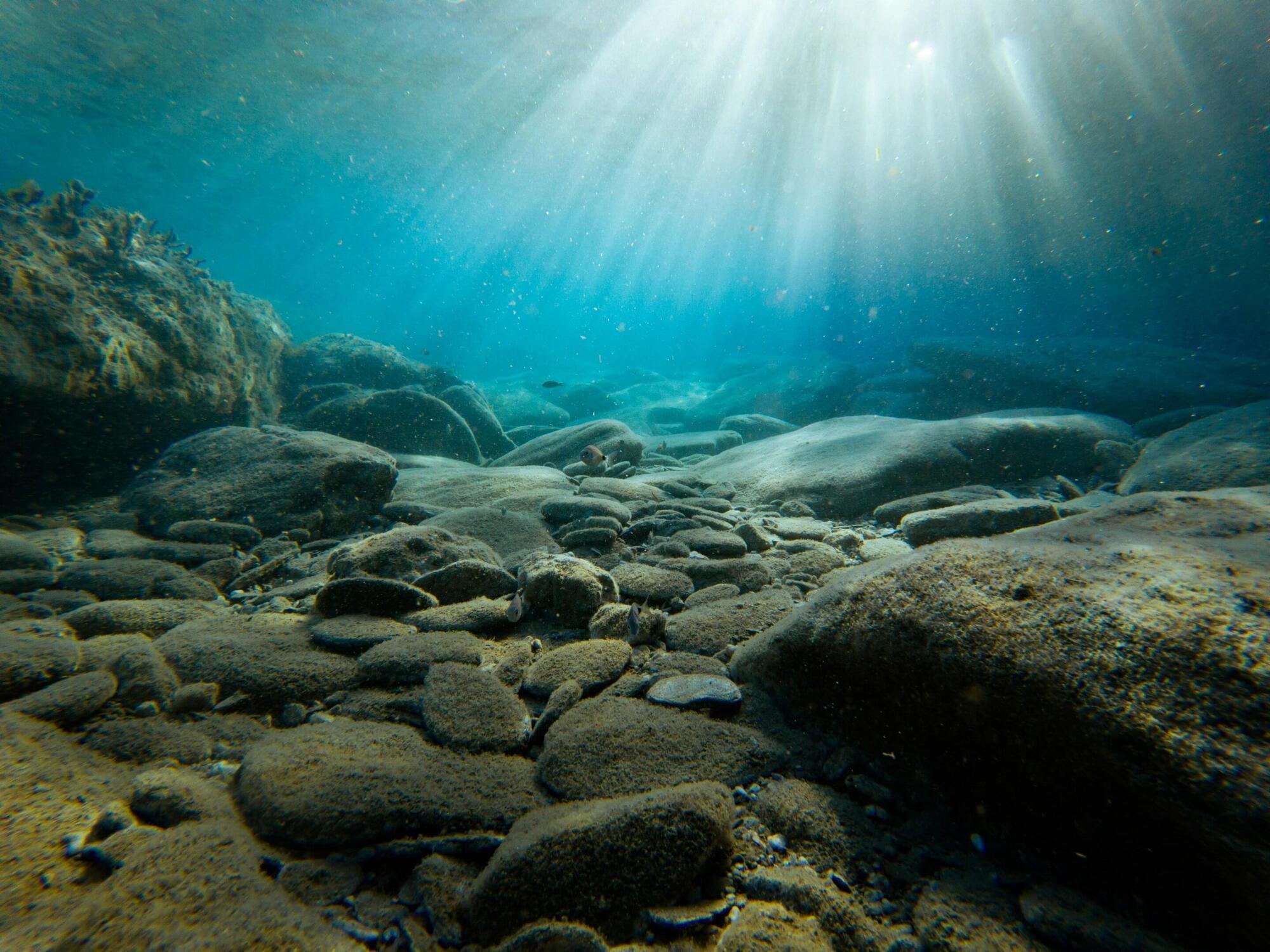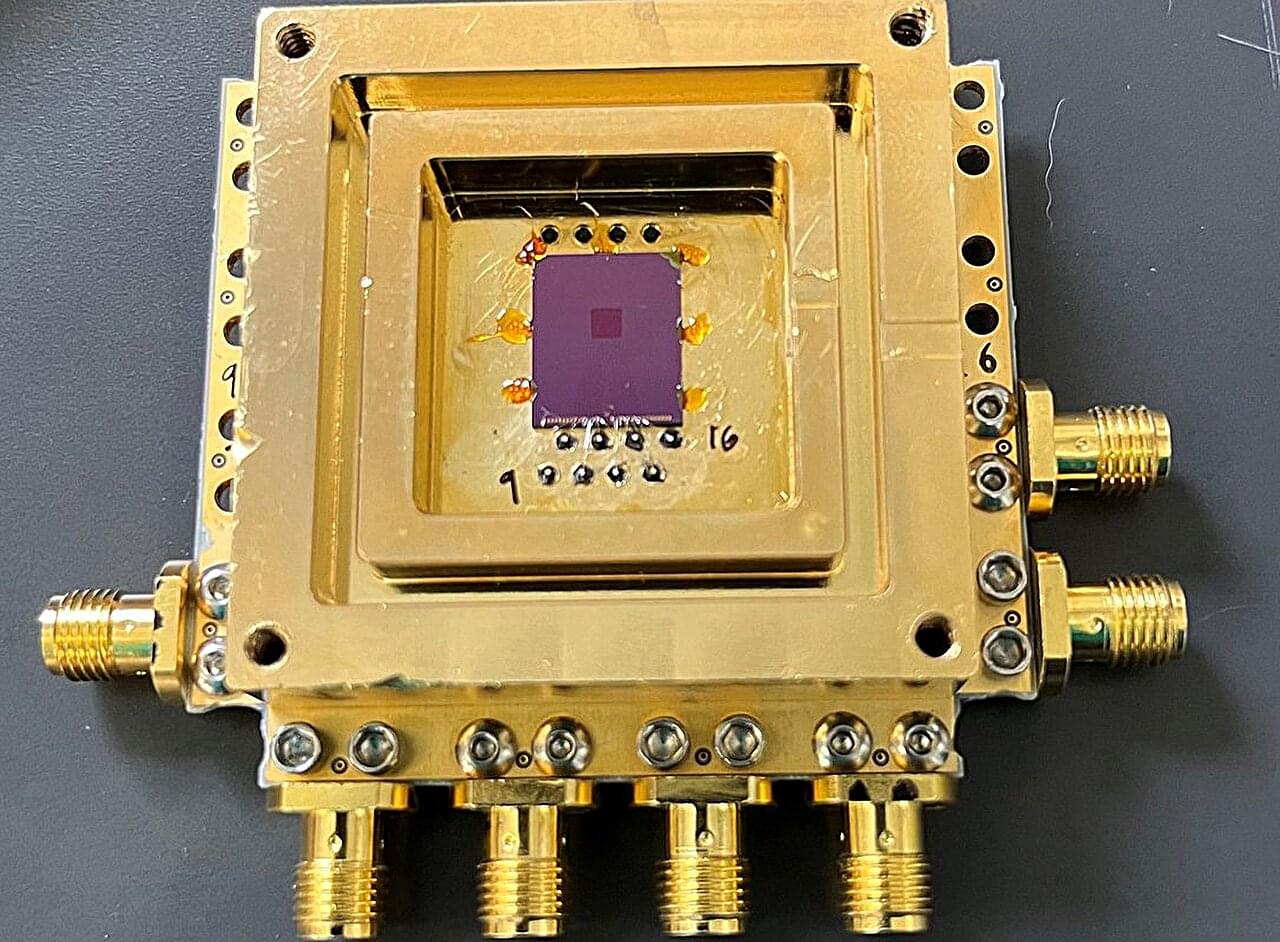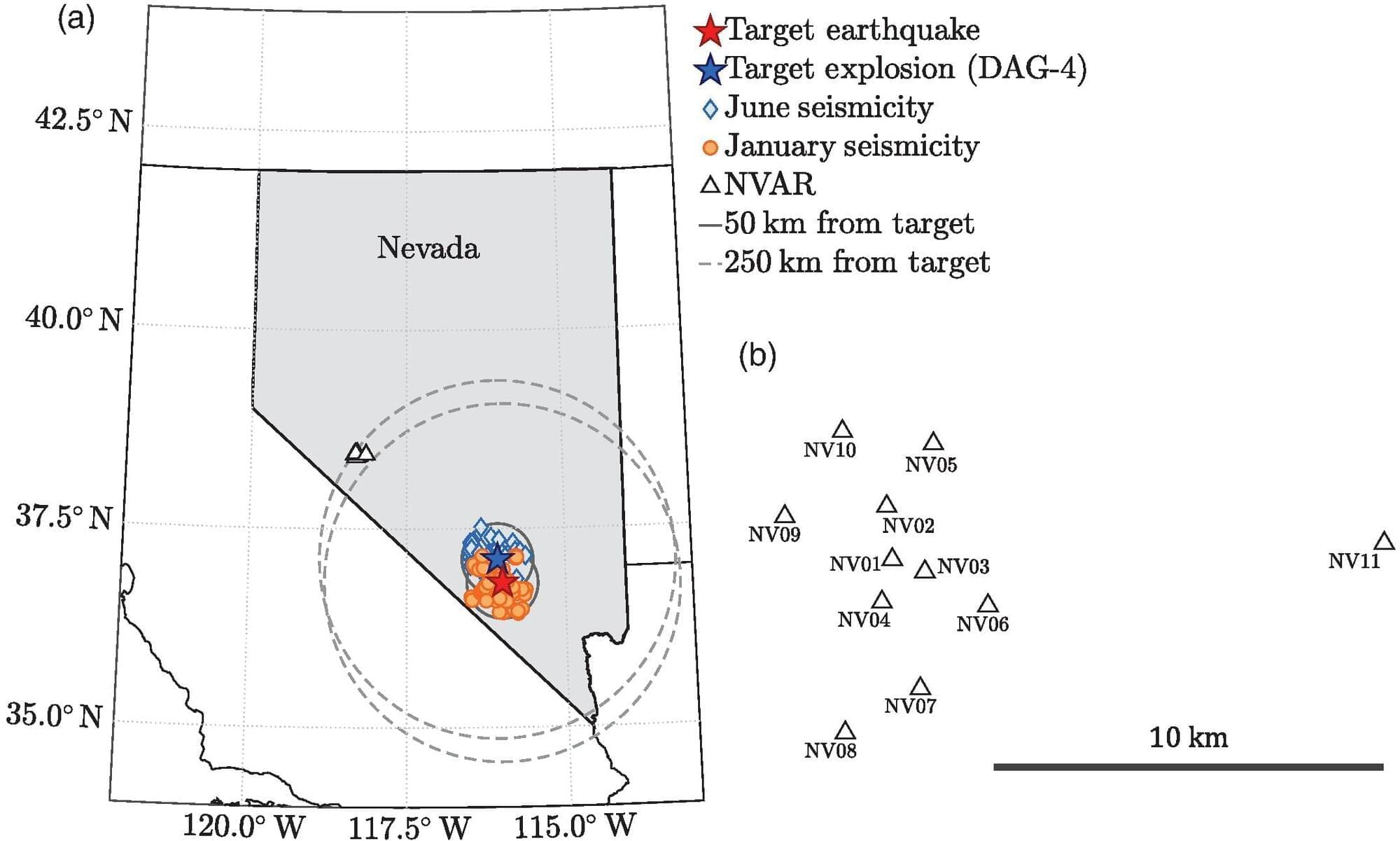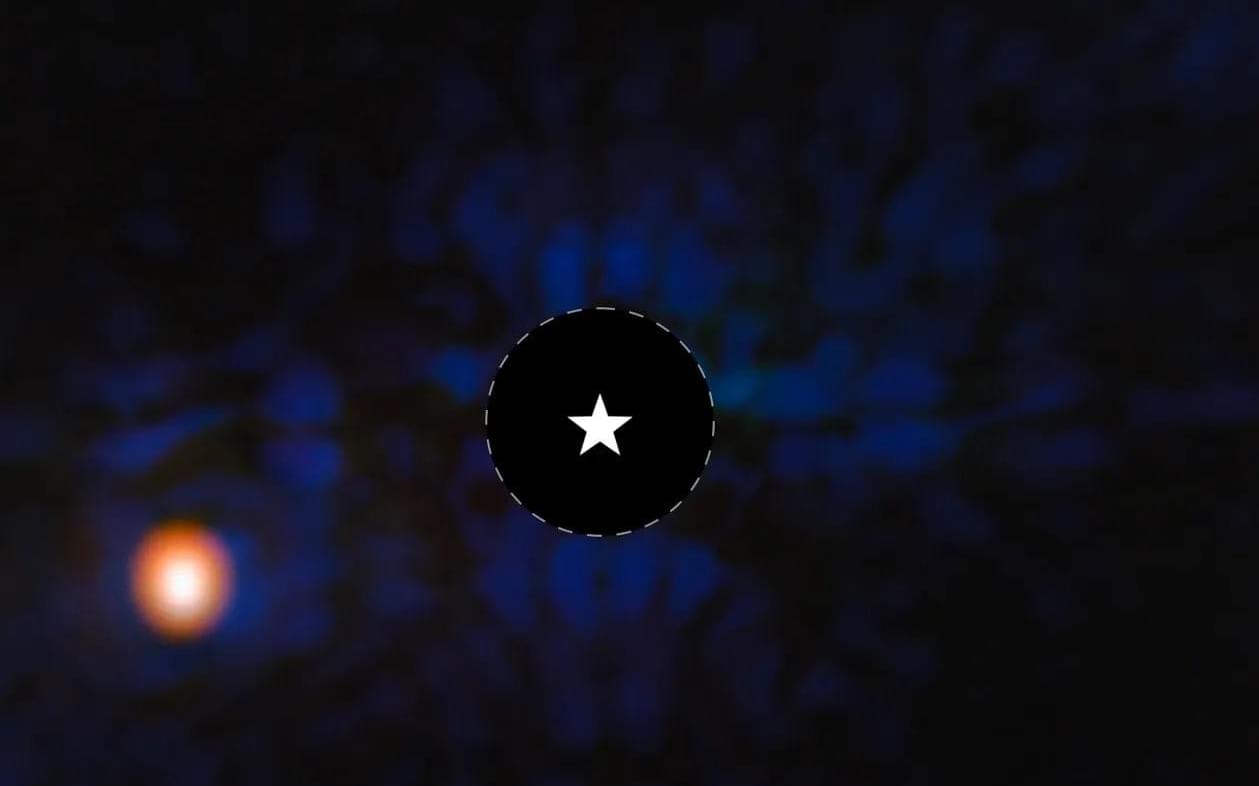IN A NUTSHELL 🌍 NASA collaborates with private and academic sectors to develop the Quantum Gravity Gradiometer Pathfinder, a revolutionary space-based quantum sensor. ❄️ The gradiometer uses ultra-cold rubidium atoms to measure Earth’s gravitational variations with high precision, free from environmental disturbances. 🔬 Quantum sensors in the QGGPf offer 10 times greater sensitivity and are
“We’ll See Gravity Like Never Before”: NASA’s Wild Quantum Gradiometer Will Map Earth’s Invisible Forces From Orbit
Posted in particle physics, quantum physics, space | Leave a Comment on “We’ll See Gravity Like Never Before”: NASA’s Wild Quantum Gradiometer Will Map Earth’s Invisible Forces From Orbit
